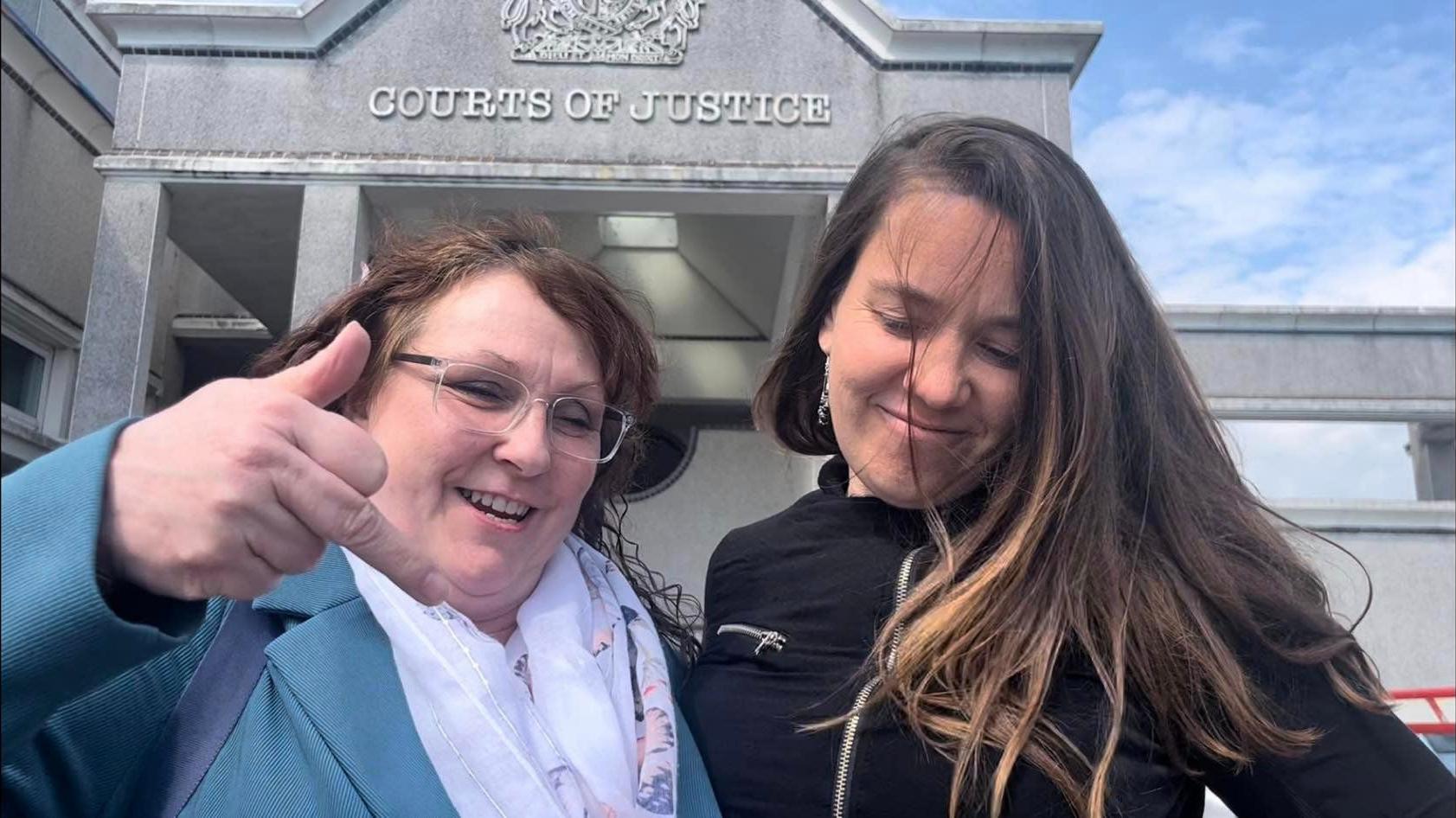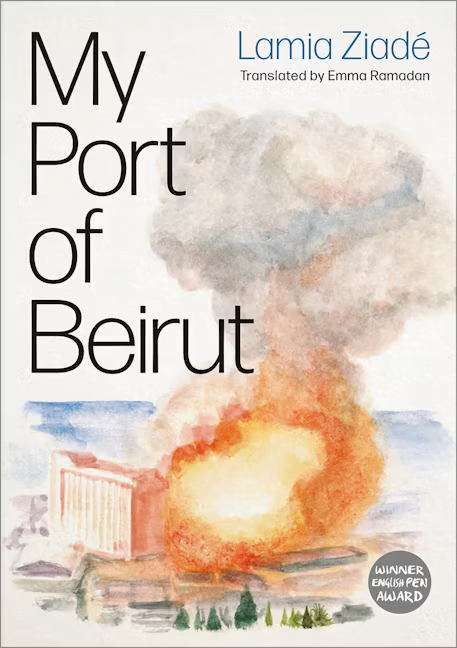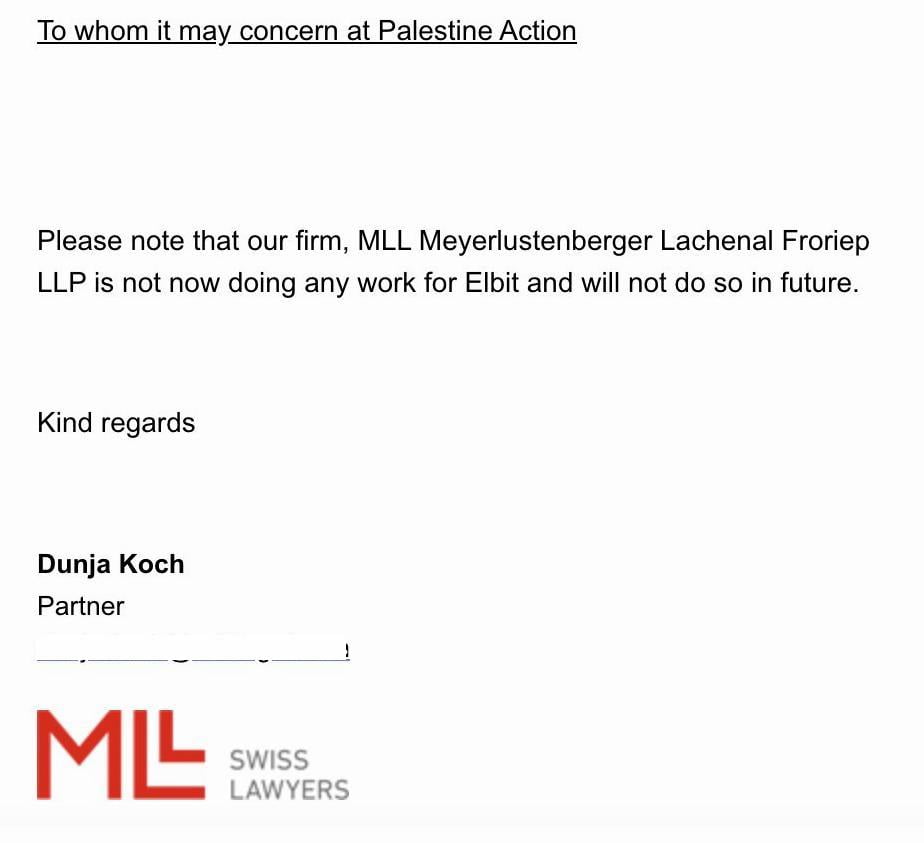Following 2018’s string of high profile bomb threats and the horrifying events in Pittsburgh, the House Democrats now find themselves grilling the FBI and Homeland Security on their reluctance to address the threat of domestic right-wing terrorism. And they are right to ask questions, with American far-right violence continuing to rise year after year, comprising a staggering fourfold increase in violent attacks “inspired by far-right ideology” on those before the turn of the century.
Yet, while detailed statistical data and academic analysis is widely available, mainstream media attention surrounding far-right violence has manifested itself in the coverage of events like Charlottesville and the Dylan Roof shooting in Charleston by predominantly focusing on the number of casualties and the fetishization of far-right symbols, rather than concentrating on the wider trends in far-right violence, or any attempt at understanding them.
This is not to say that the mainstream has completely failed to address the rise of the far-right, with individual contributors drawing attention to the fact that in the 15 years following 9/11, fatalities from far-right extremism outstripped those associated with Islamic extremism in 10 of the 15 years. Others have highlighted the clumsy attribution of mental health claims to domestic terrorist activities – with particular reference to the Dylann Roof shooting, where news outlets reported on the mental health condition of the perpetrator before even knowing his identity.
Valid as the arguments are, these articles still fail to paint the bigger picture and neglect to portray the credible threat of the modern far-right terrorist; vitally ignoring what motivates them to act.
To many, what drives a far-right terrorist is a frivolous question, assuming they act purely on their racial prejudices, or because they adhere to neo-Nazi, KKK, or neo-confederate group doctrine. Yet, it is precisely the vague nature of this implied knowledge which skews the media portrayal of the far-right by concentrating on their association with, and use of symbols from, defunct political movements, rather than addressing more contemporary sources of far-right ideology, which are now significantly more influential than their predecessors. In doing so, these outlets permanently relegate the modern far-right to weak imitations of their forefathers, while simultaneously overlooking material which can actually provide us with an understanding of not only how their ideology has evolved, but how and why their aims and methods have changed and become increasingly more volatile. As a result, we are denied seeing the far-right at their most candid.
This is significant because unlike the public faces of the far-right, such as Richard Spencer, Jeff Schoep, or Matthew Heimbach, who, while still abrasive, have attempted to display media friendliness, endogenous far-right media is created for the already converted, and therefore pulls no punches. Their literature, of which there is an abundance, acts to reinforce people’s already strongly held beliefs and is far more open regarding its call to action, and in some cases, its terroristic aims.
The finest example of such literature is the Turner Diaries (1978). Labelled “the bible of the racist-right” by the FBI, the Turner Diaries (written by Andrew Macdonald, the pseudonym of famous white supremacist William Luther Pierce), is an overtly racist novel, which describes a dystopian future in which the America Government is toppled by a violent revolution which ultimately leads to a full-scale race war, captured through the lost diaries of the protagonist, “race-hero” Earl Turner.
Extremely popular with those on the far-right, the book both preaches the necessity of direct action and provides the reader with a plethora of terroristic modus operandi, ranging from how to fund clandestine operations, through to instructions for home manufacturing of explosives, as well as a selection of “justified” potential bomb targets and an explanation of how to organise groups into cells. Furthermore, the book’s simplistic narrative style, and deliberate lack of ideological persuasion, acts as what J.M.Berger (Academic analysist of the Turner Diaries) has referred to as “Rorschach test for all racists”, enabling the reader to fill in the gaps and “bring their own ideology and justifications to the narrative”, something which has not only cemented its current success, but explains how the book has maintained its influence across all corners of the scene. As such, the Turner Diaries placed in the wrong hands represents a terrorist’s handbook, supplying the reader with both motive and method. It is therefore unsurprising, while never the less deeply disturbing, that the book has been implicated in well over 200 murders.
Yet, while those in informed circles may be aware of the book’s significance, most regular observers will have little to no knowledge of the book’s existence beyond perhaps its influence on avid reader Timothy McVeigh, better known as the Oklahoma bomber, who took his blueprints for the bombing directly from the pages of the Turner Diaries, making not only a scaled up version of the ANNM bomb described in the book, but also choosing a target in-line with the suggestions Pierce provides.
While McVeigh is certainly the deadliest and best-known disciple of the Diaries, he represents only the tip of the iceberg of far-right terrorists and murderers who have not only read the Turner Diaries, and in many cases its supposed prequel Hunter (1989), but have actually tried to replicate its’ methods and its call to action in real life.
For instance, during the 80s and 90s the book’s growing popularity within the militia movement following incidents such as Ruby Ridge helped spawn a number of armed far-right groups, such as The Order (whose name is taken from a clandestine organisation in the book), infamous for their murder of Jewish radio personality Alan Berg in 1984, as well as The Aryan Republican Army, and The Aryan People’s Republic, all of whom followed Turner’s self-financing model (robbing banks and armoured vehicles, then moving into counterfeiting), and carried out bombing and murdering sprees akin to those in the book. The years since have seen numerous individual acts of violence also committed by Diary enthusiasts, including the dragging of a disabled black male, James Byrd, from the back of a pickup truck in 1998, during which one of the perpetrators, John William King, was believed to have shouted, “we’re starting the Turner Diaries early!“. Modern endorsements have come from the likes of Frazier Glenn Miller, who shot and killed 3 at a Jewish community centre in 2014 and was known to have praised the Diaries’ teachings on many occasions in his own white supremacist newsletter.
The violent influence of the Diaries is also not exclusive to the United States, with recent examples occurring predominantly in Europe, most notably the National Socialist Underground murder spree in Germany (2000-2006), which took influence from the book’s calls for violence towards perceived racial enemies and the need for “leaderless resistance” (all 3 members owned PDF versions of the book, now banned in Germany), as well as Peter Mangs, perpetrator of the Malmo shootings (2009-10), who targeted immigrants in a shooting spree which mirrored the protagonist in Hunter (a copy of which he owned).
Of course, it would be naïve to suggest that these acts of murder and terrorism are solely the result of Pierce’s book, as that would ignore any number of other contextual factors, ranging from the perpetrators’ pre-existing relationship with violence, to the other sources of their ideology and their mental health. Additionally, books like the Turner Diaries aren’t exactly original, often being influenced by other comparable source material, such as Pierce’s core inspiration ‘The John Franklin Letters’ (extremely similar in style to TD), or by real life events, like Pierce’s book Hunter, which was heavily inspired by (and dedicated to) racist serial killer Joseph Paul Franklin (although Franklin himself stated that reading Mein Kampf was the catalyst in his own decision to murder). Furthermore, an assertion that the Turner Diaries is solely to blame would also carry with it an implication that an exposure to dangerous materials can be held primarily responsible for yielding violent actions (as was declared by Donald Trump in the latest attempt to blame video games for violent crime), which is something this writer neither claims nor believes.
Even with these reservations considered, the cases such as McVeigh, The Order, and the NSU, all of whom were clearly inspired by the book, make a compelling argument for the toxic nature of its content, representing some of the most high-profile and lethal acts of far-right domestic terrorism ever committed. And yet the Turner Diaries is just one example of the dangerous literature available to those in the far-right, most of which also have their own legacy of violence.
Right-wing extremists are now able to expose themselves, not only to classic examples of racist text such as Mein Kampf or The Clansman (Birth of a Nation), but also to an ever-expanding catalogue of online material, emanating from forums like the infamous Stormfront, or The Council of Conservative Citizens (which Dylann Roof stated was pivotal to his transition into white-supremacy), through to racist youtubers (like Colin Robertson), racist video games (Like Ethnic Cleansing), and even racially-biased or intolerant documentaries and films, such as Dinesh D’Souza’s 2018 release, Death of a Nation. Furthermore, racist literature is still being produced, predominantly within the Christian Identity movement, with presses continuing to print the writings of dangerous supremacists like Louis Beam, who themselves have inspired their own list of killers (including Buford Furrow, Gordon Kahl and Eric Rudolph), as well as more contemporary titles, like Dark Millennium and One in a Million.
This sphere of influence is not exclusive to the openly-racist right either, as McVeigh’s example shows, with the conservative and anti-government right spawning their own network of inflammatory literature and media content, much of which has also been linked (in varying degrees) to acts of far-right violence. This includes the work of Michael Savage (in particular his book Liberalism is a Mental Disorder), which was said to have heavily influenced Unitarian Church shooter Jim David Atkinson, as well as Alex Jones’ media outlet Infowars, which has also reinforced the views of various semi-terroristic groups, such as the sovereign citizens movement (whose roots lie in the Christian Identity movement), who claim domestic terrorist Dennis Marx and police killers Joseph and Jerry Jnr. Kane amongst their ranks.
With this in mind, it is perhaps justified to suggest that the discussion of literature, and more widely, sources of motivation, should be considered essential in any public discussion of terrorism, given the clear insight into the movement they provide. This applies in particular to the extreme-right, given the scarcity of any real public analysis of their movement, be that print or TV, but also because official organisations continue to exacerbate the problem further, with the White House attempting to suspend funding for counter-terrorism measures not related to Muslims, freezing 10 million dollars in grants intended to help counter domestic terrorism.
Ben Brotherton
Photo:








